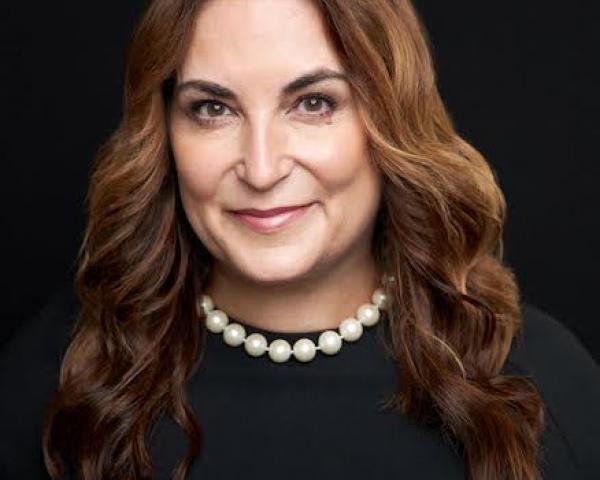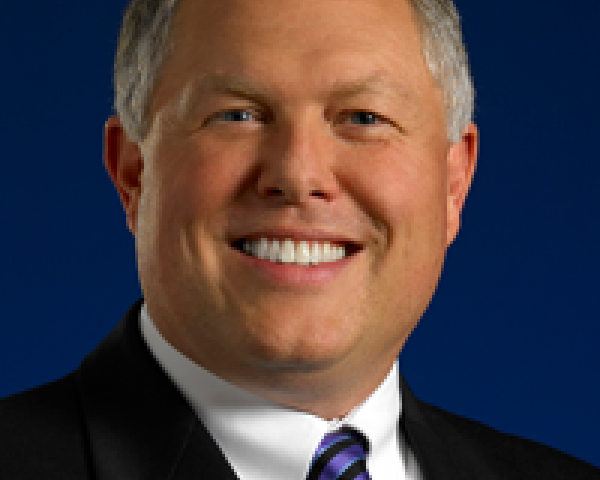The insurance marketplace has been changing rapidly, with the economy having a significant impact on both carriers and businesses, including employers, public entities and the middle market. So, what are the implications for the industry? And what risks should organizations be prepared for?
At the recent Out Front Ideas with Kimberly and Mark virtual conference, Elevate, an executive panel discussed the state of the commercial insurance marketplace across multiple lines of coverage and their outlook for the future. Panelists included:
- Cynthia Beveridge – president, AON Broking
- Patrick Gallagher – CEO, GGB-Americas, Gallagher
- John Glomb – CEO, Philadelphia Insurance
- Mark Wilhelm – chairman & CEO, Safety National
Economic Impact
The combined impact of an aging workforce and the pandemic in the insurance industry is causing significant challenges in recruiting and retaining talent. COVID-19 accelerated retirements with the inherent risks it created for baby boomers in a physical workplace. Beyond just retirements, all industries feel the effects of the Great Resignation due to employees questioning their career choices and priorities, seeking more money, flexibility and happiness. The shortage of trained talent has meant overhauling previously successful recruiting efforts. With talent requirements unrelenting, tactics like higher offers, new training and development and incentives to draft a much younger workforce have all been employed.
Looming economic uncertainties have left employers realigning their discretionary spending on insurance purchasing due to higher premiums across the market. Employers are also facing their own issues with staff shortages across the U.S., leaving many to rethink their operational security, cash flow and real estate. Government and insurance regulations, model improvements and consolidations are all considerations in how these businesses will continue to stay profitable.
The pandemic has forced carriers to reconsider their customer-focused ease of use by encouraging smaller insureds to carry cash reserves, ensuring access to lines of credit and offering flexibility in billing plans. Displaying this empathy throughout uncertain times builds trust and may even lead to a longer-term relationship.
See also: The Evolution of Marketplaces
Insurance Marketplace
Prior to the effects of COVID-19, the industry was looking at a standard hard market with a spike in premium increases, but the pandemic moderated the rates and premiums that carriers needed. Typically, corrective actions at the carrier level, including growth and repricing, would lead to a softer market. However, more accessible data has provided insight into inflation, interest rates and industry demographics, making carriers more selective, leading to a fluctuating market. Carriers with specialty niches can use this data to provide a truly customizable experience that clients expect.
With the exception of cyber and E&O, rate increases are decelerating, showing signs of equilibrium. Now that there is more demand for valuable return on investing, carriers are reviewing the profitability within their books of business and looking for opportunistic strategies. Clients are demanding more collaboration and solutions to their risks, not just an insurance product making alternative risk mechanisms, like captives or different deductibles, more popular. Contract wording and certainty will continue to be a necessity to clarify coverage for all stakeholders.
As the courts reopen, carriers are preparing for lawsuits to abound. The rise of litigation funding, social inflation and the effects of COVID-19 will continue to create major challenges for employers. Rising medical costs could increase workers’ compensation rates, creating uncertainty for underwriters and actuaries trying to set rates and predict profitability. The severity of claims and advances in medical technology could also drive rate increases.
Emerging Issues
The challenges presented by cyber policies create an opportunity for new solutions, especially with ransomware on the rise. New solutions for supply chain clients, like aggregation and vendor management, are also in demand. Environment, social and governance (ESG) principles have become a key point of discussion within the industry and beyond as climate change risks continue. Additionally, addressing the underserved and the gaps in coverage through better access to capital have required the industry to rethink these solutions.
High-profile sexual abuse cases have resulted in states introducing reviver laws, allowing the opportunity for victims to reopen cases where the statute of limitations had been exhausted. These laws have created pressure on the pricing for abuse coverage, whether the industry is carrying appropriate reserves for those losses and if future reinsurance will be available.
See also: The Perils of the Purchasing Process
COVID-19 continues to pose a great risk, with death claims still occurring and additional presumption laws being created. New legislation around vaccine mandates is also creating an increased responsibility for the industry as employees consider litigation. Additionally, public entities face risks from sexual abuse, police excess of force and cyber immunities under attack. Other lines of business, including business interruption, event cancellation, cyber, E&O and D&O, are contending with the risks of increased tort reform.
To watch the recording of this Out Front Ideas virtual conference session, click here.









